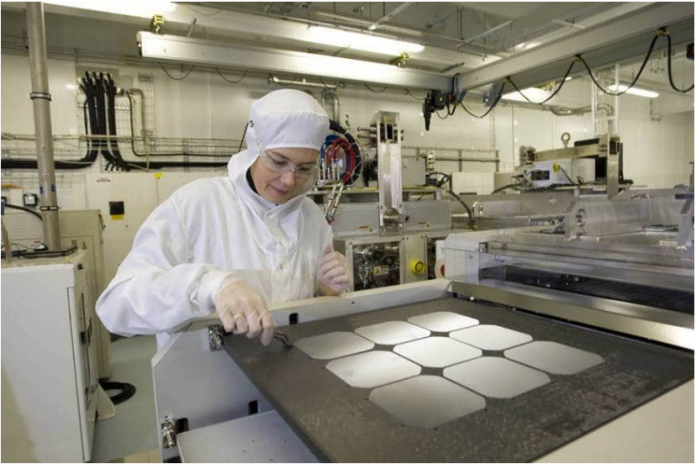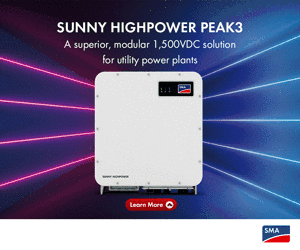Heterojunction solar cells, a technology already in large-scale manufacturing and expected to grow its market share significantly over the coming decade, rely on a layer of amorphous silicon (a-Si) to provide passivation and improve cell performance.
In theory, replacing this layer with nanocrystalline silicon (nc-Si) – a similar material that contains small grains of crystalline silicon within the amorphous structure – could bring even better performance thanks to higher transparency and conductivity. So far, however, the material has proved difficult to incorporate in manufacturing, and researchers have struggled to process layers thick enough to form a contact that also maintain the better characteristics.
Making this layer as thin as possible is one promising approach, and has been the focus of a group of scientists led by TU Delft in the Netherlands. Its latest work demonstrates a process for application of an nc-Si layer just 3 nanometers thick (compared with 8-10 nm typically achieved by other approaches), to a cell that achieves 22.2% efficiency and offers much room for improvement based on this approach.
The cell is described in full in the paper Ultra-thin electron collectors based on nc-Si:H for high-efficiency silicon heterojunction solar cells, published in Progress in Photovoltaics. The cell showed improvements in short circuit current over a counterpart fabricated with amorphous silicon, and comparable performance in open circuit voltage and fill factor.
By adding a double-layer anti-reflective coating, the group was able to increase the cell efficiency to 22.88%. And they provide a list of several optimizations that could push the performance even further. “Further improvements to achieve cell η > 23% in the short-term are (a) a more transparent TCO, such as IFO:H, (b) a lower front metal coverage via finer-line screen printing or copper-plating, and (c) a better passivation quality by applying a bilayer (i)a-Si:H layer stack,” the group stated.






